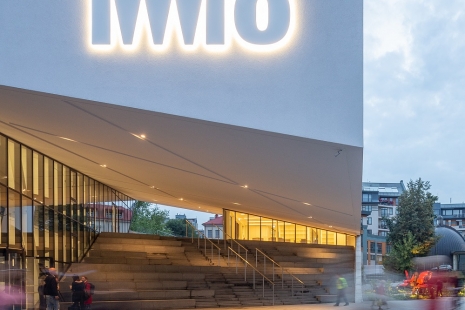The pride and prejudice enveloping the life of Vilnius and Kaunas holds a hidden truth – these cities need each other, otherwise they are doomed to a “caricature of existence”. This was written a hundred years ago by Mykolas Römeris. This is what this exhibition by MO Museum and Kaunas city museum – exhibited at the same time in Vilnius and Kaunas – talks about. It opens up the foundational interdependence between these two cities, how they formed each other and how present-day Lithuania emerged from the tension between them.
“Mountains” help us to understand the artistic, cultural and political interaction between these two cities – as a key metaphor of centrality, an obstacle, a challenge, autonomy, and protection. With the use of four key mountains, emerging in the narrative of the exhibition, – Gediminas Mountain, Žaliakalnis, Boufal Mountain and Owl Mountain – new forms of interaction between Kaunas and Vilnius emerge. The story told here highlights how these two centers – two acropoles – formed, and how they morphed from the idea of the center of Lithuania into a sense of inadequacy as capitals. One of the questions raised in the exhibition is what does it mean to be a resident of one of the two poleis – a Kaunas of Vilnius inhabitant; and how their identity as a city dwellers is constructed – its certainty, exclusivity, autonomy, stereotypes and myths.
Cities are also considered as necropolises, where we physically and symbolically bury, say goodbye and memorialize. In these rituals of memory, we show how the cities comprehend themselves, what they strive to keep and what – to throw away, and what differences emerge between the two. In the exhibition we examine the connections and exchanges between Kaunas and Vilnius – from natural to symbolic, from the vision of a dipole to a doubling identity, from cultural donations to vampirism in the work force.
The mountains and motifs of the exhibition repeat themselves in the exhibition halls of both museums, but they tell different stories. In this way the concept and architecture of the exhibition in itself embodies the römeresque necessity for Vilnius and Kaunas to be together: if you want to see the entirety of the exhibition, you have to visit both cities.





